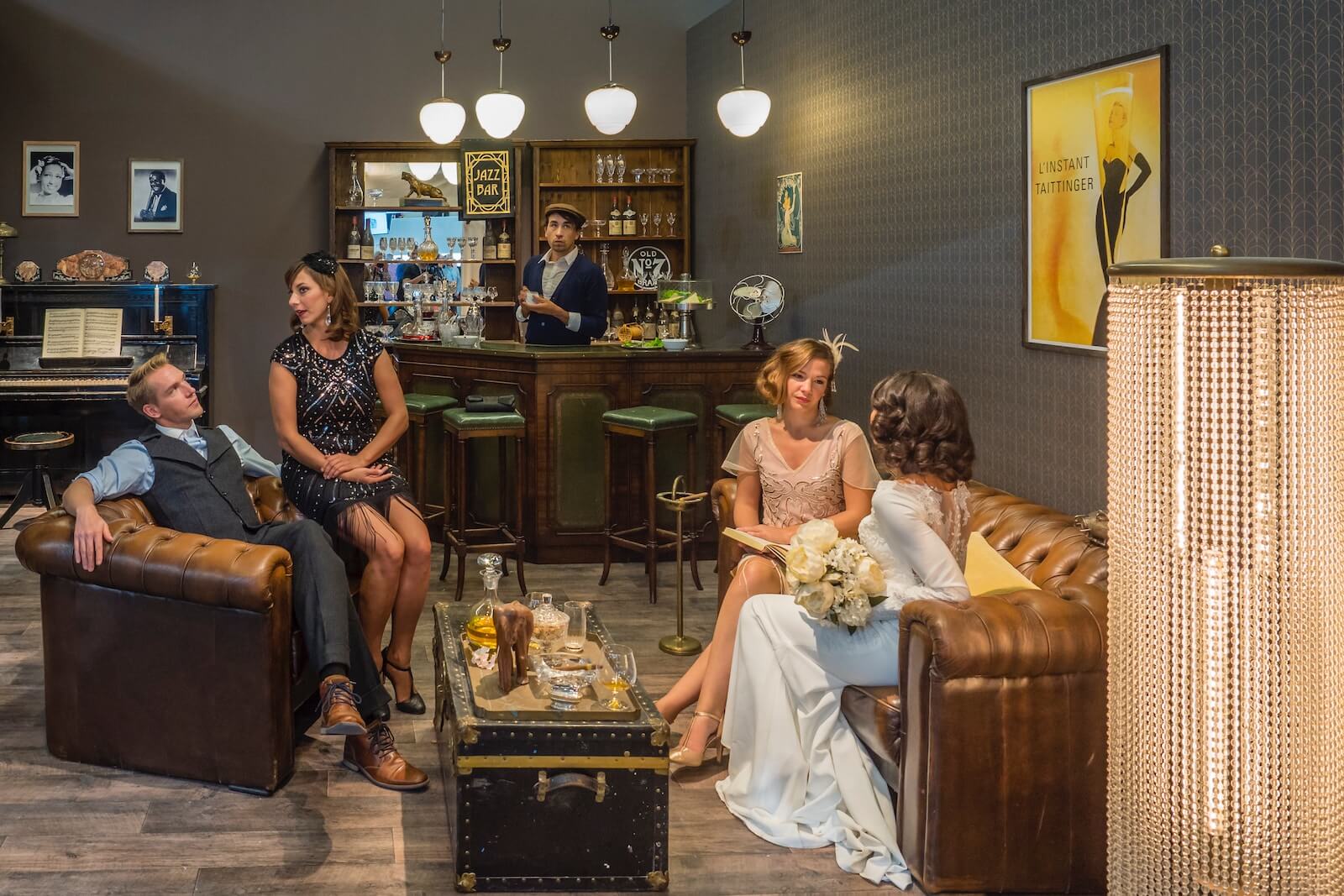NEW YORK — The average American has four items in their home that are only there to impress guests, according to a new survey. The poll of 2,000 adults over 21 looked at what parts of the home respondents would show off to others, finding that part of what makes a home feel “fancy” are architectural wonders like the flooring (46%) or large windows (42%).
Others say distinctive features make all the difference, like furniture (54%), unique wall art (45%), or a home bar (40%). More than a third of respondents surveyed have a home bar (38%), and most describe it as a long wooden surface where they serve drinks from behind (46%) or a nice display of bottles (38%).
Conducted by OnePoll for el Jimador, the survey also finds that those who don’t have a home bar often experience FOMO, leaving 54 percent wanting one of their own. While a majority of respondents would model their home bar to their liking above what they think others would like (59%), 36 percent admit they’d at least somewhat factor how impressive it appears to others.

Those surveyed want to be original with their design, too: 63 percent would rather model their home bar to their preferences than what their favorite bar looks like. The average person who has a home bar has spent $785 on it within the past year, splurging on alcohol, accessories, and more.
Some of the common bar items respondents already own are shot glasses (61%), openers (50%), an ice bucket/scoop (42%), a cocktail shaker (38%), and a drink mixer (29%). To add to their collection, those surveyed want to get their hands on a decanter (17%), can cooler (17%), and drink cart (17%).
When it comes to alcohol, 47 percent own an unopened bottle that they’re saving for a special occasion like getting a “pay raise at work,” a “renewal of wedding vows” or “when we are debt free.”
“Stocking home bars with quality offerings is essential when entertaining guests and tequila is a fast-growing crowd pleaser,” says spokesperson Brian Chambers, U.S. brand manager of el Jimador, in a statement. “Tequila has become the perfect option for cocktails at holiday gatherings.”
During the holiday season, 53 percent of Americans host guests every month and want to impress them with interesting conversations (67%) and good drinks (58%). Three in four say it’s important to have alcohol in the home when hosting guests during the holiday season (76%). Currently, respondents have beer (57%), wine (55%), whiskey (45%), vodka (44%) and tequila (37%) on hand.
What works for everyone? Some of the most crowd-pleasing drinks are wine (53%) and beer (43%), while others say more unique options are good for crowds like rum (23%) or tequila (21%).
If you’re invited out this season, don’t go empty-handed — 39 percent of respondents say they expect guests to bring a bottle of alcohol to the gathering. Keeping guests happy is top of mind, as six in 10 say they’d be likely to learn the “basics” of bartending when hosting guests during the holiday season (61%). However, they may need to sharpen their skills, as just 29 percent think they can make a cocktail as good as a bartender can.
“Quality makes all the difference when hosting and crafting good cocktails that satisfy all crowds,” says Chambers.
Survey methodology:
This random double-opt-in survey of 2,000 Americans 21 and older who drink alcohol was commissioned by el Jimador between Nov. 28 and Dec. 1, 2023. It was conducted by market research company OnePoll, whose team members are members of the Market Research Society and have corporate membership to the American Association for Public Opinion Research (AAPOR) and the European Society for Opinion and Marketing Research (ESOMAR).

